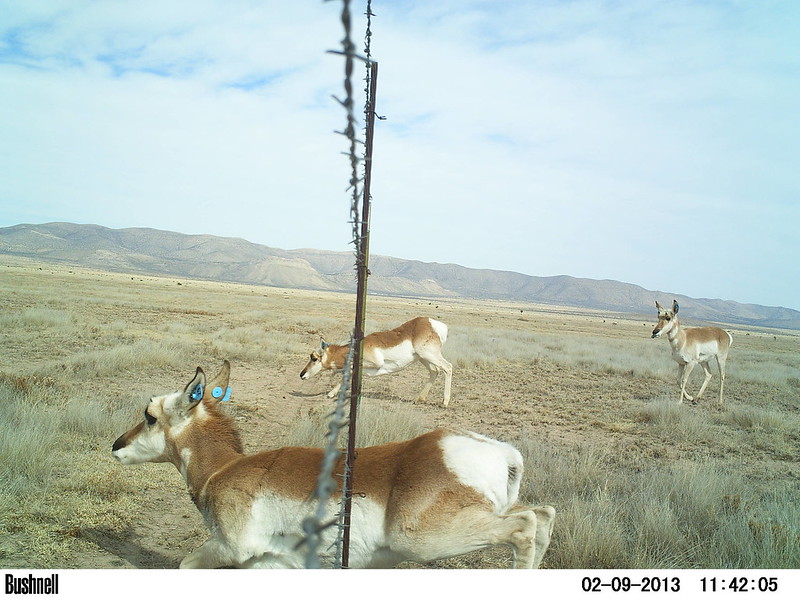Federal funding for conservation, specifically under the headings of ecosystem restoration and climate, has truly reached “once-in-a-lifetime” levels with passage of huge pieces of funding legislation such as the Bipartisan Infrastructure Law (BIL) and the Inflation Reduction Act (IRA) in the 117th Congress. And yet as this is being written, there are other conservation funding proposals that are under consideration in the lame duck session, particularly the Recovering America’s Wildlife Act (RAWA), which would bring even more funding for conservation. What has happened over the last several years, going back to permanent funding for the Land and Water Conservation Fund in the Great American Outdoors in August 2020, represents an unprecedented opportunity for sustaining working landscapes and the species and systems that depend on them.
However as with most opportunities, there are challenges. There is great uncertainty as to how the resources will be effectively leveraged since the tsunami of funding does not come with increased capacity to put work on the ground. Many if not most federal conservation agencies are trying to recover from capacity deficits that were either caused or accelerated by the Covid pandemic and the last of the Baby Boomers quickly reaching retirement eligibility. Additionally, the pathways and programs the money is taking on its way to the ground appear to be mostly bypassing proven programs, approaches, and partnerships that do have spare capacity to deliver.
Delivering on this unprecedented opportunity will require that all interested parties seek out new ways to work together to fill in the capacity gaps. In general, great progress addressing natural resource challenges could be made in places where relationships and partnerships are strong. It is likely there will be less progress in places where people and organizations are less accustomed to partnering up.
Partnerscapes will continue to do what we can bringing different perspectives together to discover shared goals, as well as doing what we can through communication, education, and outreach to support both individuals and organizations that are actively working together on the land. Our rural working lands and landscapes not only support wildlife, fisheries, ecological systems, agriculture, rural communities, and rural families but are also absolutely critical to people and communities far removed. Our holiday wish is that we can find ways to ensure this opportunity results in a major step forward for people and natural resources.
Please Remember Partnerscapes in Your Year End Giving Plans
Partnerscapes is a 501c3 nonprofit organization that brings people, working landscapes, and communities together in conservation through communication, outreach, education, and hosting events such as our annual Private Lands Partners Day (Missoula, Montana in 2023). There are a number of ways to support the work of Partnerscapes financially through card, check, or even direct gifts of stock. Learn more here and Happy Holidays from Partnerscapes!
Pronghorn photo by Texas Parks and Wildlife Department and The Borderlands Research Institute via Flickr Creative Commons

